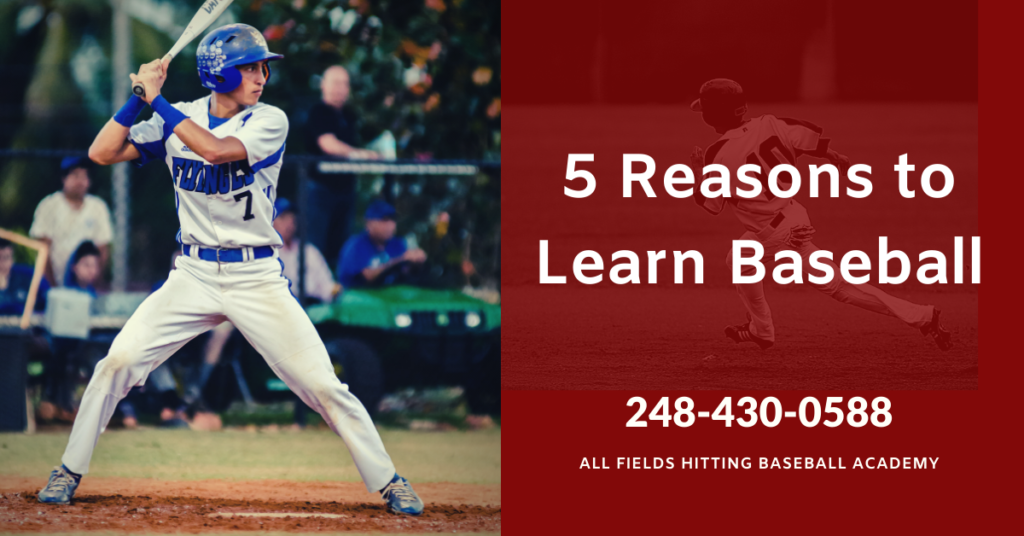Must-Know Baseball Pitches
Every pitcher, from high school to the pros, needs to be able to throw something other than a fastball. A high-velocity fastball can get you noticed, especially when you’re young. By the time you get to professional baseball, however, pretty much every hitter can adjust his timing to catch up to a fastball, no matter how fast it is. The key to getting hitters out at advanced levels of baseball is to throw off their timing. The best way to do this is to throw breaking balls and offspeed pitches. These will keep hitters guessing and create swings and misses.
Here we will discuss all of the must-know baseball pitches. We will discuss which pitch is best for each situation, and how to properly mix your pitches. Although there are more than a dozen pitches that pitchers can throw, it’s rare for one pitcher to throw more than five different pitches. The reason is that it takes so much practice to master the grip, pronation, rotation, release point, and velocity of every different pitch that there just aren’t enough hours in a lifetime to master them all.
Fastball
The fastball is the basic straight pitch that almost every pitcher masters first. From the first time a child picks up a baseball, they are taught to throw strikes. Having command of your fastball is the first and most important skill a pitcher can acquire. Command simply means that the ball goes where you wanted it to go when you pitch it. High and inside, low and away, in the dirt, or right over the middle of the plate. Command is much more important than velocity or movement at a young age.
There are two types of basic fastballs; four-seam fastballs and two-seam fastballs. The four-seam fastball is typically a few miles per hour faster and has less drop because of the backspin. A two-seam fastball drops more and also is thrown with pronation, meaning that the wrist rotates toward the body when thrown. This gives two-seam fastballs arm-side movement.
Fastballs can be thrown anytime in a count, but are most common early in a count to get ahead. A high-velocity fastball high in the strike zone (or just above) is also a great strikeout pitch. Two-seam fastballs are also called sinkers because they have added drop. Sinkers are good at getting ground balls in double-play situations.
Cut Fastball (Cutter)
A variation of the fastball is the cut fastball, also called a cutter. Mariano Rivera, baseball’s all-time saves leader, used a cutter almost exclusively. The cutter is held like a breaking ball but thrown with fastball velocity and arm motion. The result is a fastball that moves slightly glove side. Cutters are good for getting weak contact, especially when thrown to opposite-handed batters inside. That often results in a broken bat. Like a sinker, cutters are a few MPH slower than a pitcher’s maximum velocity fastball. A cutter can be thrown in any count but is not thought of as a strikeout pitch.
Curveball
One of the first pitches that young pitchers learn after establishing command of their fastball is a curveball. A curveball is thrown at a much lower velocity than a fastball, with forward rotation which makes the ball drop rapidly. A curveball gets better results when it’s thrown low, below the strike zone or even in the dirt. A curveball is a great compliment to a fastball because it can be up to 20 MPH slower and can disrupt the hitter’s timing. Curveballs are often thrown later in the count, and can be a good strikeout pitch. Curveballs are also good for inducing ground balls.
Slider
Many professional hitters say that the slider is the toughest pitch in baseball to hit. The reason is simple. It’s deception. A slider is thrown to look like a fastball, and to the batter, it does. From the batter’s box, a slider looks like a fastball 90% of the way to the catcher. At the last fraction of a second, the ball moves down and away from same handed batters, or down and into opposite handed batters. By the time the slider starts to move, the batter has already committed to his swing. Sliders are excellent strikeout pitches.
Change Up
A change up does the same thing a curveball does in that it disrupts the hitter’s timing. A change up does it more with deception than movement, however. A change up is held deep in the palm of the hand, and also with three or four fingers on top, which creates more drag when the ball is released. The extra drag results in the ball moving with less velocity. A good change up can be 10-12 MPH slower than a pitchers fastball. It also drops more than a fastball, not because of spin like a curveball, but because it’s moving slower.
Split-Finger Fastball
The split-finger fastball isn’t really a fastball at all. It’s called that because, like a changeup, it is thrown to look like a fastball to the batter. It’s another deceptive pitch. The ball is held deep between the index and middle fingers with the fingers spread wide apart, and the ball supported by the thumb. The pitch acts more like a changeup. It is thrown with the same arm motion as a fastball, but because of the different grip, the ball has less backspin than a fastball. This allows gravity to work on the ball more than a fastball, which resists gravity with it’s backspin. The result is pitch that appears to be a fastball, but falls or “drops” significantly more. Enough to make most batters swing and miss. Splitters are excellent strikeout pitches, but must be thrown below the strike zone to be effective.



